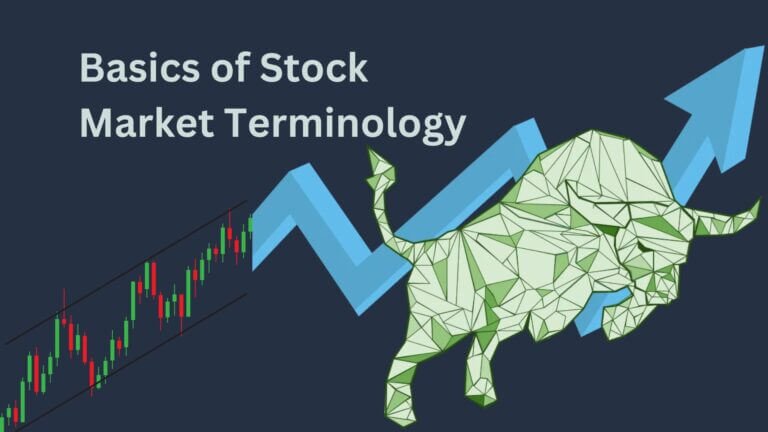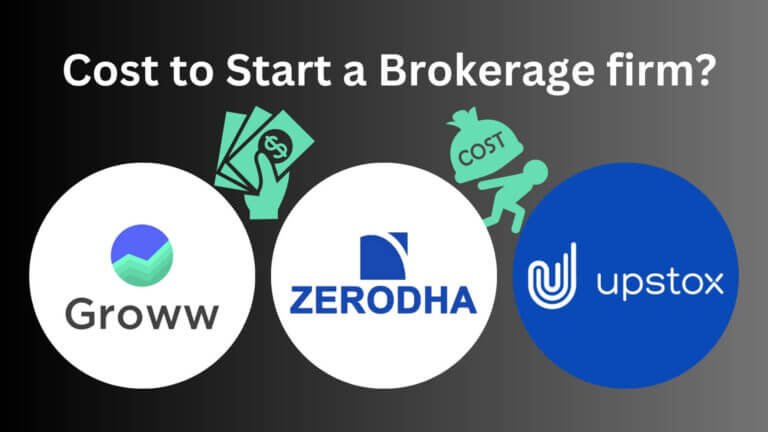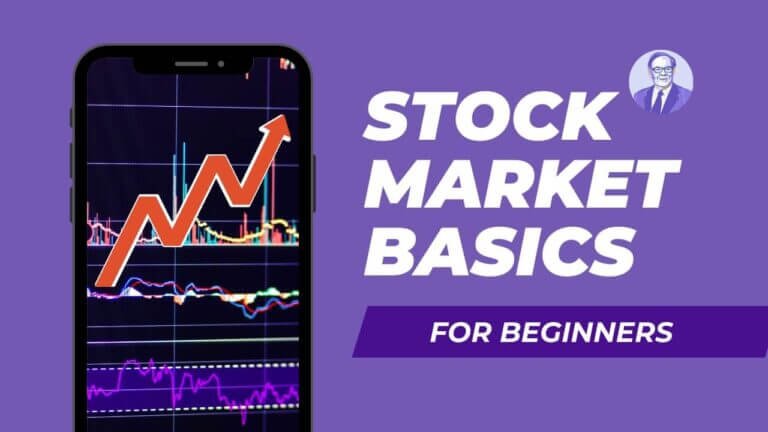Mastering High Probability Swing Trading: Tips
Swing trading is a popular short-term investing tactic that aims to profit from price fluctuations in investments.
Unlike day trading, which involves entering and exiting a trade within the same session, swing trading typically lasts from a few days to a few weeks.
In this article, we will explore various strategies and indicators used by swing traders to manage risk and maximize returns.
Understanding Swing Trading
Swing traders primarily rely on technical analysis rather than fundamental analysis to make trading decisions.
They study price charts and patterns to identify optimal entry and exit points for trades. By capitalizing on the swings in price movements, swing traders aim to align their trades with the broader trend, whether it’s an uptrend or a downtrend.
Additionally, they can also navigate sideways trends by trading both upward and downward movements.
Determining Entries and Exits
Swing traders employ various methods to select entry and exit points. Many traders utilize basic charting techniques such as support and resistance levels, as well as price patterns like flags and triangles.
Additionally, charting indicators like moving averages and oscillators can provide objective signals to guide their decisions.
Let’s take a closer look at using support and resistance levels as an example.
Support and Resistance Levels
Support and resistance levels can be likened to floors and ceilings in price movements. These levels indicate areas where the price tends to change direction within the broader trend. When trading based on support and resistance, swing traders typically look for two types of signals: bounces and breakouts.
A bounce occurs when the price reaches a support or resistance level and then reverses its direction. Traders can take advantage of this bounce by entering a trade and setting a target exit at the previous level of support or resistance.
For instance, if a stock like Honeywell dropped near its previous low of $170 and then rebounded, swing traders could enter a bullish trade and set a target price around the previous high of $200, potentially capturing a profit of $30 per share.
On the other hand, a breakout happens when the price moves past a support or resistance line. Traders can set a target by measuring the previous distance between the support and resistance lines and adding or subtracting that range to determine the potential target for bullish or bearish trades.
For example, if Schlumberger stock was trading between $38 and $44 and broke above the resistance at $44, swing traders could consider entering a trade with a target price of $50, based on the range of $6 between support and resistance.
Managing Risk
Risk management is a crucial aspect of swing trading. Traders often plan for both favorable and unfavorable scenarios by establishing two exit points. A stop order serves as a line in the sand, indicating when to exit a trade if it moves against expectations. For instance, if a trader sets a stop order at $43 for a stock, they would close the trade if the price dropped to that level.
Traders can implement a stop order directly or monitor the price closely and place the order manually. However, it’s important to note that stop orders may not always fill at the trigger price, as they can create market orders that may execute at different prices. Therefore, it’s essential to be aware of potential variations in order execution.
Determining Position Size
Before executing a trade, swing traders need to calculate their position size. Several factors come into play, including the stop price and the portfolio risk.
To illustrate, let’s consider a trading portfolio with a total value of $50,000 and a maximum risk of 1% per trade, which amounts to $500. By dividing the portfolio risk by the trade risk (the difference between the entry and stop prices), traders can determine the number of shares to purchase.
For example, if the trade risk is $2, the trader could buy 250 shares.
However, position sizing methods can vary among swing traders, and it’s essential to adapt them to individual risk tolerance and preferences. Evaluating the trade risk in comparison to the potential reward is another crucial aspect. Traders assess whether the potential gain justifies the risk undertaken.
If the potential reward is inadequate relative to the risk, the trade may not be deemed worthwhile.
Challenges and Considerations
Swing trading carries inherent risks, including the possibility of missing out on potential gains or failing to reach target prices. Traders attempt to address these challenges by adjusting stop orders as the stock price increases to secure profits.
However, relying solely on stop orders can result in missed opportunities and imperfect order execution. It’s important to explore different approaches, indicators, and strategies that align with your trading style and practice them through simulated trading before risking actual capital.







